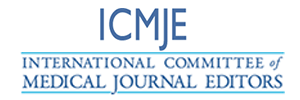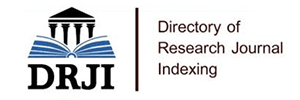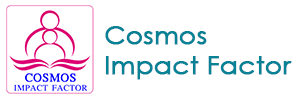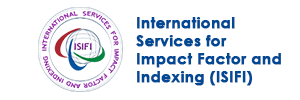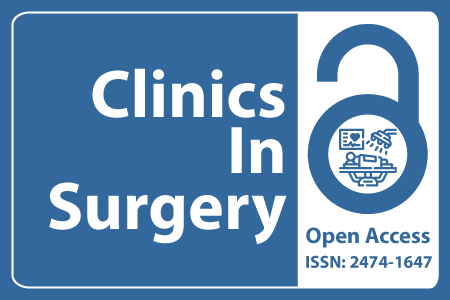
Journal Basic Info
- Impact Factor: 1.995**
- H-Index: 8
- ISSN: 2474-1647
- DOI: 10.25107/2474-1647
Major Scope
- Transplant Surgery
- Minimally Invasive Surgery
- Orthopaedic Surgery
- Urology
- Endocrine Surgery
- Surgical Oncology
- Pediatric Surgery
- Plastic Surgery
Abstract
Citation: Clin Surg. 2017;2(1):1318.Research Article | Open Access
Improvements in the Quality of Life of Patients with Myasthenia Gravis with Thymoma Who Underwent Video Thoracoscopic Thymectomy
Miguel Congregado, Nathalie Pinos, Sergio Moreno-Merino and Rafael Jimenez-Merchan
Department of General Thoracic Surgery, Virgen Macarena University Hospital, Spain
*Correspondance to: Miguel Congregado
PDF Full Text DOI: 10.25107/2474-1647.1318
Abstract
Introduction: Thymectomy as part of Myasthenia Gravis treatment has been proved to produce total o partial clinical remissions. But almost always, parameters to measure this outcome have been quantitative, as the amount of medication, presence or absence of symptoms. Very important factors of the psychosocial field as real determinants of quality of life after surgery in this kind of patients have been less investigated. We present a qualitative study of outcome after thymectomy in non-thymomatous Myasthenia Gravis.Methods: We performed a retrospective qualitative study to know the improvement in the quality of life after thymectomy in non-thymomatous Myasthenia Gravis patients. Seventeen patients met the inclusion criteria from January 2003 to December 2013 (extended thymectomy, Myasthenia Gravis confirmed, non-thymomatous, over 18 years old). We applied the SF-36 Questionnaire and the collected data were tabulated and analysed with SPSS 22.0. The Wilcoxon test for non-parametric data was used to compare quality of life changes after surgery.Results: Quantitative surgical outcome of these patients was: 52.9% had significant clinical improvement with Oosterhuis scale (total remission n=5, mild symptoms n=3, mild disability n=1). 17.6% had Complete Stable Remission without medication, 35.2% had pharmacological remission with low doses. All areas of SF-36 Questionnaire improved their median value after thymectomy, with p< 0.05.Conclusion: It seems that there is an improvement of quality of life in patients suffering Myasthenia Gravis after extended thymectomy. There are better median results of all fields of the SF-36 Questionnaire after surgery, statistically significant.
Keywords
Myasthenia Gravis; Thymectomy; Quality of life
Cite the article
Congregado M, Pinos N, Moreno- Merino S, Jimenez-Merchan R. Improvements in the Quality of Life of Patients with Myasthenia Gravis with Thymoma Who Underwent Video Thoracoscopic Thymectomy. Clin Surg. 2017; 2: 1318.
